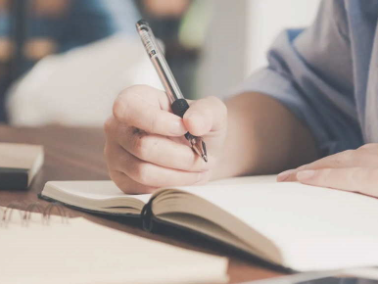The Art of Xuanbi Brush Making: A Step-by-Step Guide in English
Introduction to Xuanbi Brushes
As someone deeply fascinated by traditional Chinese art, I have always been intrigued by the meticulous craftsmanship behind the Xuanbi brushes. These brushes, originating from Xuancheng in Anhui Province, are renowned for their exceptional quality and have been a staple in Chinese calligraphy and painting for centuries. In this article, I will walk you through the intricate process of making a Xuanbi brush, explaining each step in detail to give you a comprehensive understanding of this ancient art form.
Step 1: Selecting the Materials
The first step in creating a Xuanbi brush is selecting the right materials. The primary components are:
- Animal Hair: Typically, the hair of goats, rabbits, or weasels is used. Each type of hair offers different characteristics; for instance, goat hair is soft and flexible, while weasel hair is firmer and more resilient.
- Bamboo: The handle of the brush is usually made from bamboo, which is lightweight and durable.
- Glue: A natural adhesive is used to bind the hair to the handle.
Selecting high-quality materials is crucial, as it directly impacts the brush's performance and longevity.
Step 2: Preparing the Hair
Once the materials are selected, the next step is preparing the animal hair. This involves:
- Cleaning: The hair is thoroughly cleaned to remove any impurities or oils.
- Sorting: The cleaned hair is sorted by length and thickness to ensure uniformity.
- Shaping: The sorted hair is then shaped into a bundle, which will form the brush tip.
This step requires a keen eye and steady hands, as the quality of the brush tip depends on the precision of this preparation.
Step 3: Attaching the Hair to the Handle
With the hair prepared, the next step is attaching it to the bamboo handle. This process involves:
- Applying Glue: A small amount of natural glue is applied to the base of the hair bundle.
- Inserting into the Handle: The glued end of the hair bundle is carefully inserted into a small hole at the end of the bamboo handle.
- Securing: The hair is secured in place, ensuring it is firmly attached and aligned correctly.
This step is critical, as any misalignment can affect the brush's balance and usability.
Step 4: Shaping the Brush Tip
After the hair is securely attached, the brush tip is shaped. This involves:
- Trimming: The tip is trimmed to achieve the desired shape and size, whether it be pointed, flat, or rounded.
- Testing: The brush is tested on paper to ensure it performs as expected, making any necessary adjustments.
Shaping the brush tip is an art in itself, requiring both skill and experience to achieve the perfect balance of flexibility and control.
Step 5: Finishing Touches
The final step in making a Xuanbi brush involves adding the finishing touches. This includes:
- Polishing: The bamboo handle is polished to a smooth finish, enhancing its aesthetic appeal.
- Branding: Many brushes are branded with the maker's mark or the brush's specifications.
- Packaging: The finished brush is carefully packaged, often in a traditional box, ready for use or sale.
These finishing touches not only enhance the brush's appearance but also reflect the craftsmanship and tradition behind its creation.
Conclusion
Through this detailed exploration of the Xuanbi brush making process, I hope you have gained a deeper appreciation for the skill and dedication required to create these exquisite tools. Whether you are an artist, a calligrapher, or simply an admirer of traditional crafts, understanding the process behind a Xuanbi brush can enrich your experience and inspire you to explore the world of Chinese art further.
Thank you for reading this article. By understanding the intricate steps involved in making a Xuanbi brush, you can better appreciate the artistry and tradition behind each stroke of the brush. If you're interested in learning more about traditional Chinese art forms, consider exploring topics like inkstone carving, rice paper making, or the history of Chinese calligraphy.


